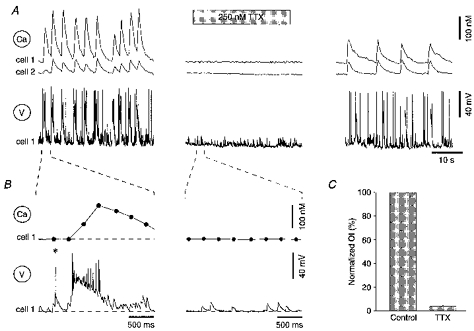Figure 6. TTX blocks both Ca2+ bursts and electrical activity associated with the ENOs.

A and B, simultaneous [Ca2+]i measurements (Ca) and whole-cell current-clamp recordings (V) from a CA1 pyramidal neurone (cell 1) loaded with 150 μM fura-2 via the patch pipette. Cell 2 was one of the many neighbouring, fura-2 AM-loaded pyramidal neurones. Each of the Ca2+ transients is strictly correlated with a train of action potentials riding on a large depolarizing wave. The action potentials and the Ca2+ transients are reversibly blocked by 250 nM TTX. In B, one Ca2+ transient and the corresponding voltage trace are shown at an expanded time scale. Note that the Ca2+ transient is associated only with the slow depolarizing wave and that single action potential (*) or spontaneous miniature synaptic potentials (bottom trace right panel) do not produce any detectable changes in somatic [Ca2+]i. The slice was obtained from a rat at P1. C, bar graph showing the mean effect of 250 nM TTX (n= 7 slices, 18 cells).
